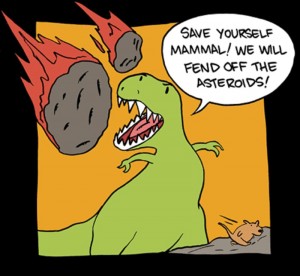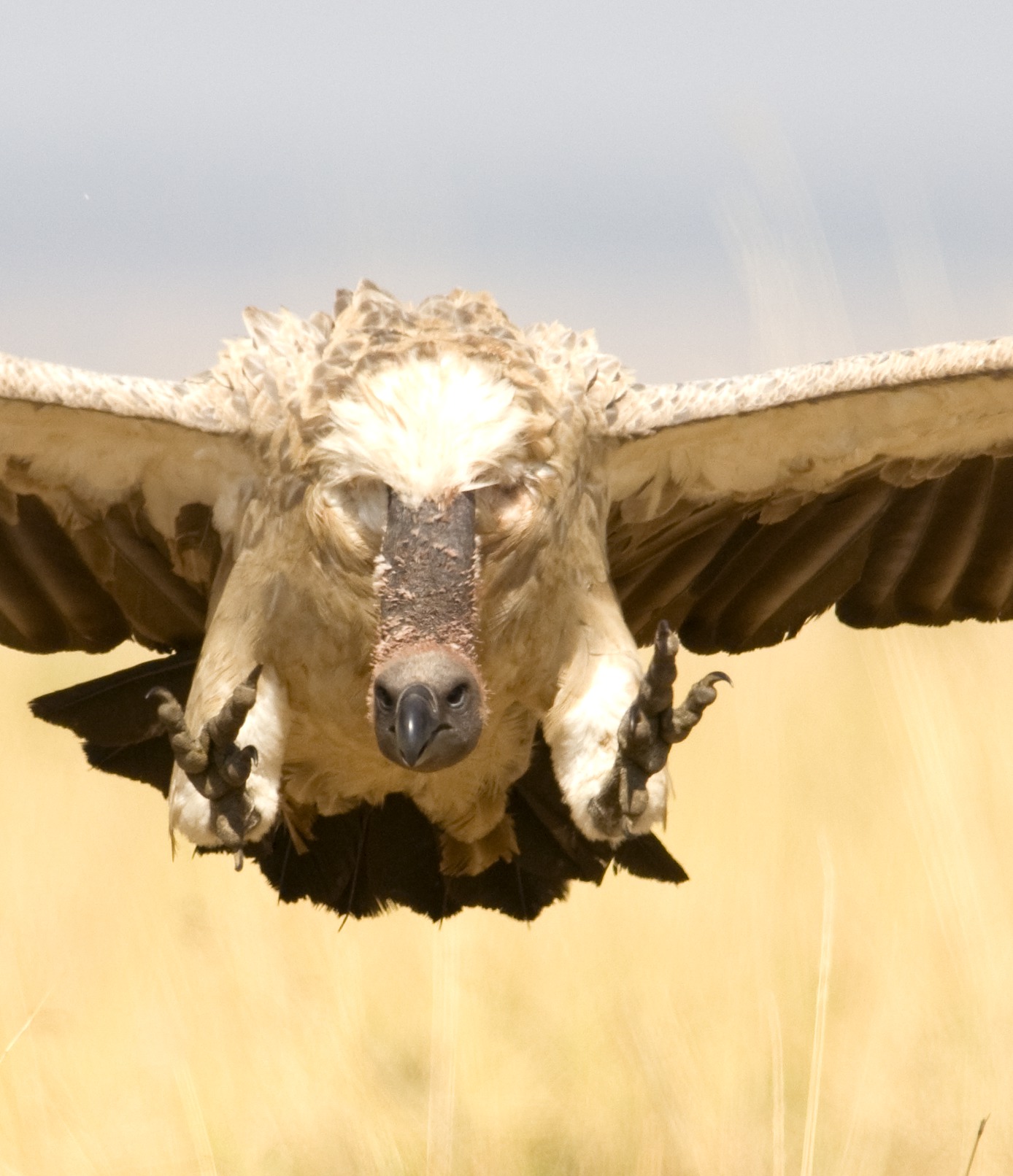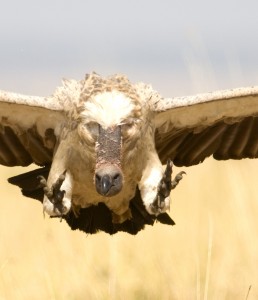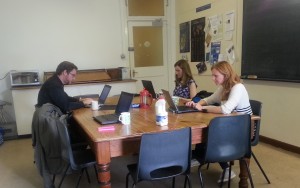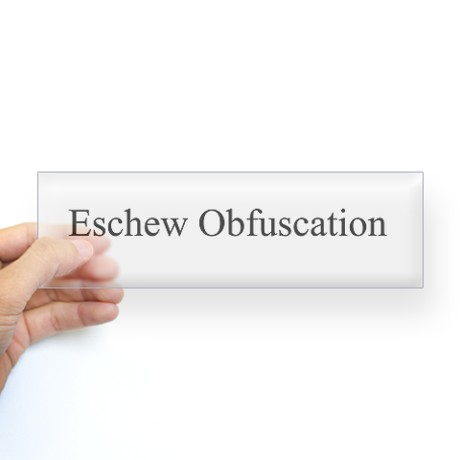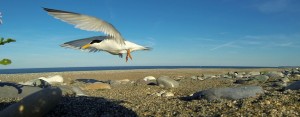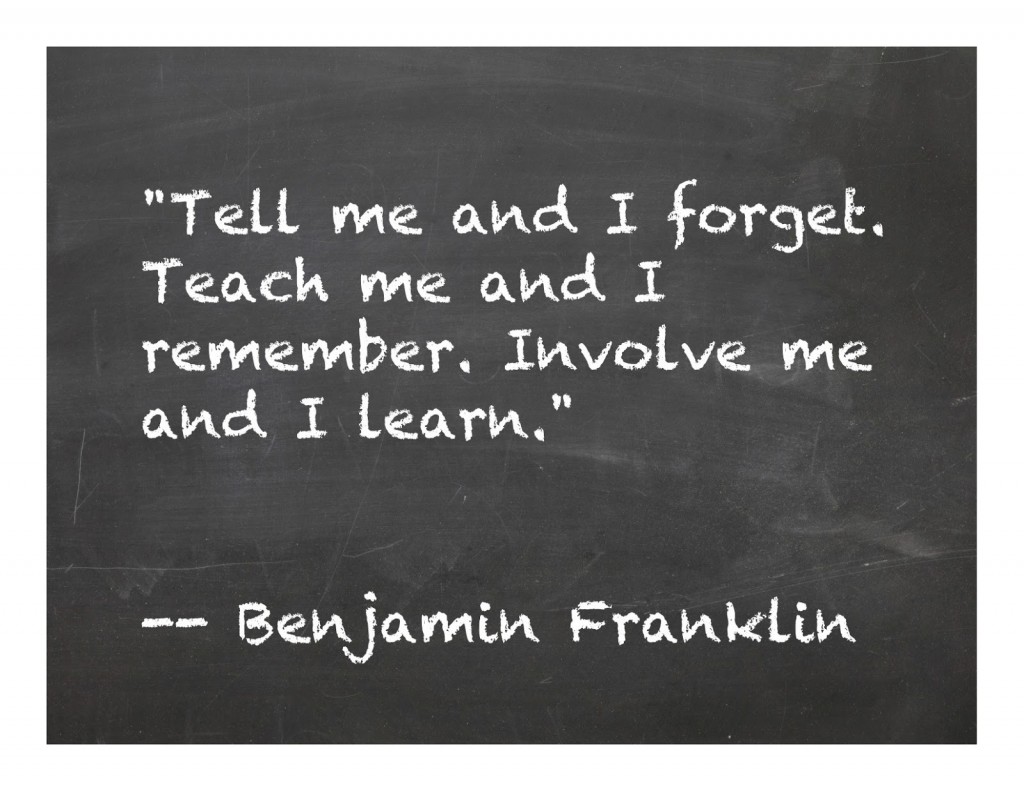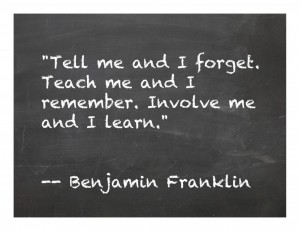 “Where did dinosaurs come from?” “How are black holes created?” “How big is the Universe?” “If we use mud wraps for our skin, why can’t we use mud as shampoo for our hair?!”
“Where did dinosaurs come from?” “How are black holes created?” “How big is the Universe?” “If we use mud wraps for our skin, why can’t we use mud as shampoo for our hair?!”
These are just some of the interesting (and very diverse) questions I’ve received from enthusiastic primary school students over the past couple of weeks. They’re testimony to the curiosity and imagination that’s unleased when you encourage children to think about science.
I’m a co-teacher for the new “Science in a Box” scheme: a pilot programme for a new way of teaching science in primary schools. The programme was developed by Kevin O’Callaghan, Seamus Devlin and Alice D’Arcy from Steam Education Ltd. in partnership with University College Cork, Queens’ University Belfast and Trinity College Dublin. This year they’re focusing on science lessons (25 one hour modules to be taught weekly) but they’re planning to extend their teaching philosophy to modules on Technology, Engineering the Arts and Maths.
Science in a Box partners science professionals (PhD students and industry volunteers) with primary school teachers to create a new way for children to learn about science. Scientists and teachers work together to co-teach lessons that have been developed to be engaging fun and interactive. Each lesson arrives “in a box” with a whole host of unusual props that help the children to learn science by doing rather than just by listening. At the same time, the teachers learn new skills and techniques that they can pass onto their colleagues and future classes.
Science in a Box is a powerful example of an age-old saying: get them while they’re young. All children have an innate curiosity about how the world works and an interest in science is a natural extension. Science in a Box targets 10-13 year olds: the crucial stage when childlike curiosity starts to be either lost or translated into an interest in more formal science subjects. The idea is to encourage children to question and explore their world and to inspire them to retain their natural fascination with science into secondary school and beyond.
It’s all about learning through questioning, hands-on activities and having fun. Hence I found myself explaining lessons about our Universe using balloons (very popular with the children!) and the “toilet roll of time” (an almost 14m scroll that details the history of time from the Big Bang to modern day). I loved teaching the classes: the children were bright, enthusiastic and genuinely interested and excited by what they were learning – a welcome change compared to some of my previous undergraduate teaching experience! Working with the class teachers is a great system: combining my science background with their teaching expertise is a good way to use our skills and learn from each other.
I think Science in a Box is a fantastic scheme with great potential for making a lasting change in how children think and feel about science. I’ve loved teaching the lessons so far and I’m looking forward to lots more exciting classes in the coming months. This year is a trial run in 20 schools in Dublin, Galway and Cork but the plan for next year is to roll out the programme into 100 primary schools across the country. There are plenty of exciting times ahead for Irish science!
Author: Sive Finlay, @SiveFinlay
Photo credit: steam education ltd


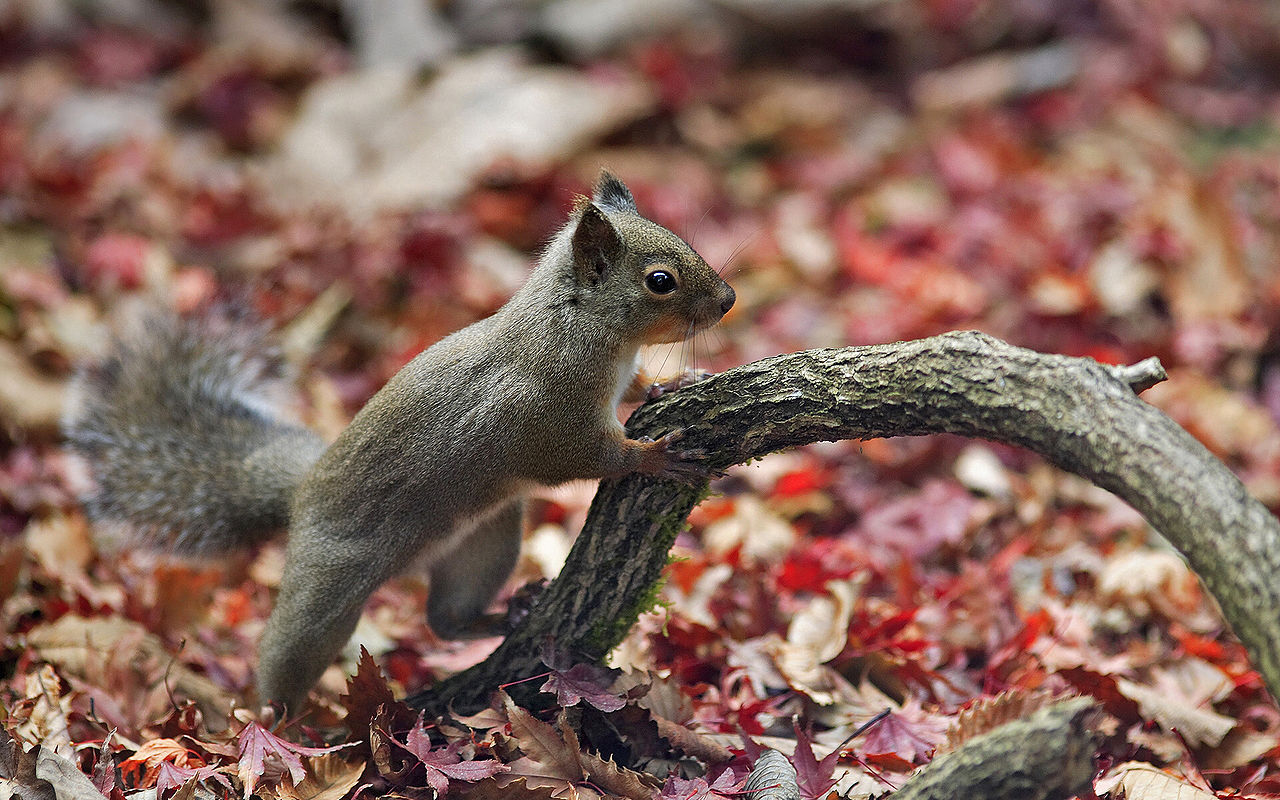
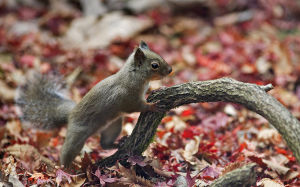 Our
Our 
